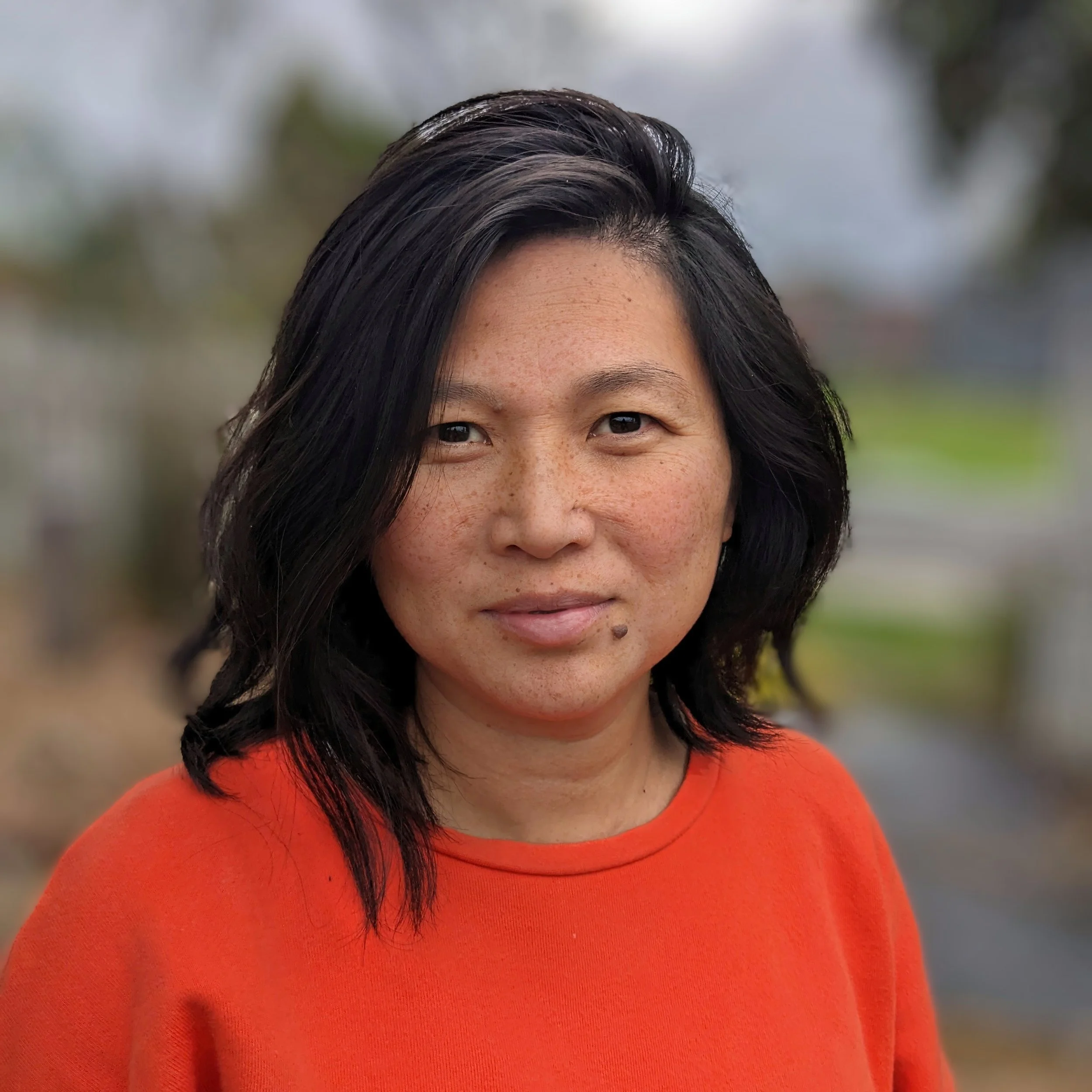KOORROYARR ARTS
koorroyarr arts
platform lab, 2020
Image: Kelsey Love, Lisa Love and Tarryn Love by Leiko Lopez, 2020.
Kelsey and Tarryn Love are proud Gunditjmara Keerray Woorroong women from Western Victoria. They created Koorroyarr Arts to encompass the idea of being sisters and Gunditjmara women continually learning and seeking knowledge of their culture, while using art to channel this connection. ‘Koorroyarr’ means ‘granddaughter’ in Keerray Woorroong dialect, which encapsulates the significant presence and impact that their grandfather, Uncle Ivan Couzens had on their passion for celebrating First Nation excellence and culture. It also signifies the important role that family has in their practice. In the process and journey of creating artwork they are privileged to be surrounded by family, that can teach and guide them culturally. Kelsey and Tarryn also have a passion for reviving their traditional language, and endeavour to incorporate this into their artwork.
“We want to challenge the generalization of the term ‘Indigenous art’. Through our work we would like to demonstrate a celebration of Indigeneity that signifies the diversity of social experiences, cultural identities and subjective positions of our people, while simultaneously acknowledging how our peoples have survived and continue to in the face of colonialism. We want to educate people on the distinctiveness and uniqueness of Gunditjmara culture from Western Victoria.
“We would like to explore the notion of being First Nations artists or potentially curators occupying a space in a Western art institution and how to negotiate the contradictions of being implicated into these frameworks. We want to research how First Nation curators can devise exhibitions that interrogate dominant interpretive boundaries and to transform from these spaces not just 'for' First Nations voices, but to spaces 'of' these voices. We aim to understand the theoretical and political value of First Nation curatorial practice in order to understand interventionist strategies that can sustain and foster different modes of curatorship and subsequently spectatorship.”














